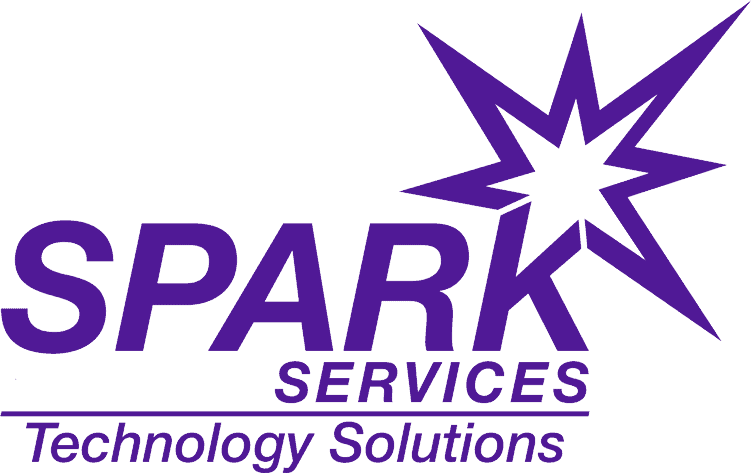In today’s digital age, where businesses heavily rely on technology to function, the significance of having a robust backup and disaster recovery plan cannot be overstated. Unexpected events such as natural disasters, cyberattacks, hardware failures, or human errors can disrupt operations and lead to data loss, crippling a company’s ability to function.
Hence, implementing effective backup and disaster recovery strategies is vital to ensure business continuity and mitigate potential risks.
Understanding Backup and Disaster Recovery
Backup involves creating copies of data to protect against accidental loss, corruption, or deletion. It typically includes storing data on separate devices or in remote locations. Backups serve as a safety net, allowing businesses to restore information in case of data loss.
Disaster Recovery (DR) focuses on the process and tools used to recover and restore operations following a disaster or disruptive event. It encompasses strategies to resume operations and minimize downtime.
Importance of a Comprehensive Plan
Data Protection: Businesses possess sensitive data critical for operations. A comprehensive plan ensures this data is securely backed up and recoverable, preventing loss and maintaining business continuity.
Minimized Downtime: Time is money. A well-structured recovery plan helps minimize downtime by swiftly restoring operations, reducing financial losses, and maintaining customer trust.
Compliance and Legal Requirements: Many industries have stringent regulations regarding data protection and retention. Having a robust backup and recovery strategy helps in compliance with these regulations.
Key Components of Effective Strategies
Identifying Critical Data: Understanding which data is crucial for business continuity is the first step. This includes customer information, financial records, operational data, etc.
Regular Backups: Implement a consistent and automated backup schedule. Cloud-based solutions offer convenience and security, allowing regular backups without manual intervention.
Diverse Storage Locations: Storing backups in multiple locations (on-premises, off-site, or cloud) mitigates risks associated with a single point of failure, ensuring redundancy and accessibility.
Security Measures: Encrypting backed-up data, restricting access, and implementing authentication protocols ensures data security and compliance with privacy standards.
Testing and Validation: Regularly test the backup and recovery processes to ensure they function as intended. Simulating disaster scenarios can reveal weaknesses and areas for improvement.
Documented Procedures: Have clear, well-documented procedures detailing the steps to be taken during a recovery process. This aids in a swift response in a high-stress situation.
Types of Backup and Recovery Strategies
Full Backups: A complete copy of all data at a specific point in time, ensuring comprehensive recovery. However, it can be time and resource-intensive.
Incremental Backups: Only new or changed data since the last backup is stored. It reduces storage space and backup duration but requires the original full backup for restoration.
Differential Backups: Similar to incremental backups but stores changes since the last full backup, not the last differential backup. This simplifies restoration but occupies more space than incremental backups.
Cloud-Based Solutions: Utilizing cloud services for backup and recovery offers scalability, accessibility, and security. Services like AWS, Azure, or Google Cloud provide robust solutions.
Implementing the Plan
Assessment and Planning: Conduct a risk assessment and identify vulnerabilities to form the basis of the backup and recovery strategy.
Investment in Tools and Resources: Allocate resources for appropriate tools, software, and infrastructure required for the strategy’s implementation.
Employee Training: Ensure that employees are well-versed in the procedures and understand their roles during a disaster recovery scenario.
Regular Updates and Reviews: Technology and threats evolve. Regularly update the strategy and review its efficacy to maintain its relevance.
Conclusion
In the volatile landscape of today’s business environment, having a robust backup and disaster recovery strategy is not merely an option but a necessity. It’s essential to understand the business’s unique needs, identify critical data, and implement a plan that ensures the protection, accessibility, and recovery of vital information in the face of unexpected disruptions. The investment in time, resources, and expertise for these strategies is an investment in the continuity and stability of the business.
By following a structured approach, leveraging technological advancements, and conducting regular assessments and updates, businesses can fortify themselves against potential disasters and confidently stride towards sustained operations, even in the face of adversity.
Remember, it’s not just about backing up data—it’s about ensuring the seamless continuation of operations in the event of any unforeseen circumstances. We can help you with that. Get in touch today!




